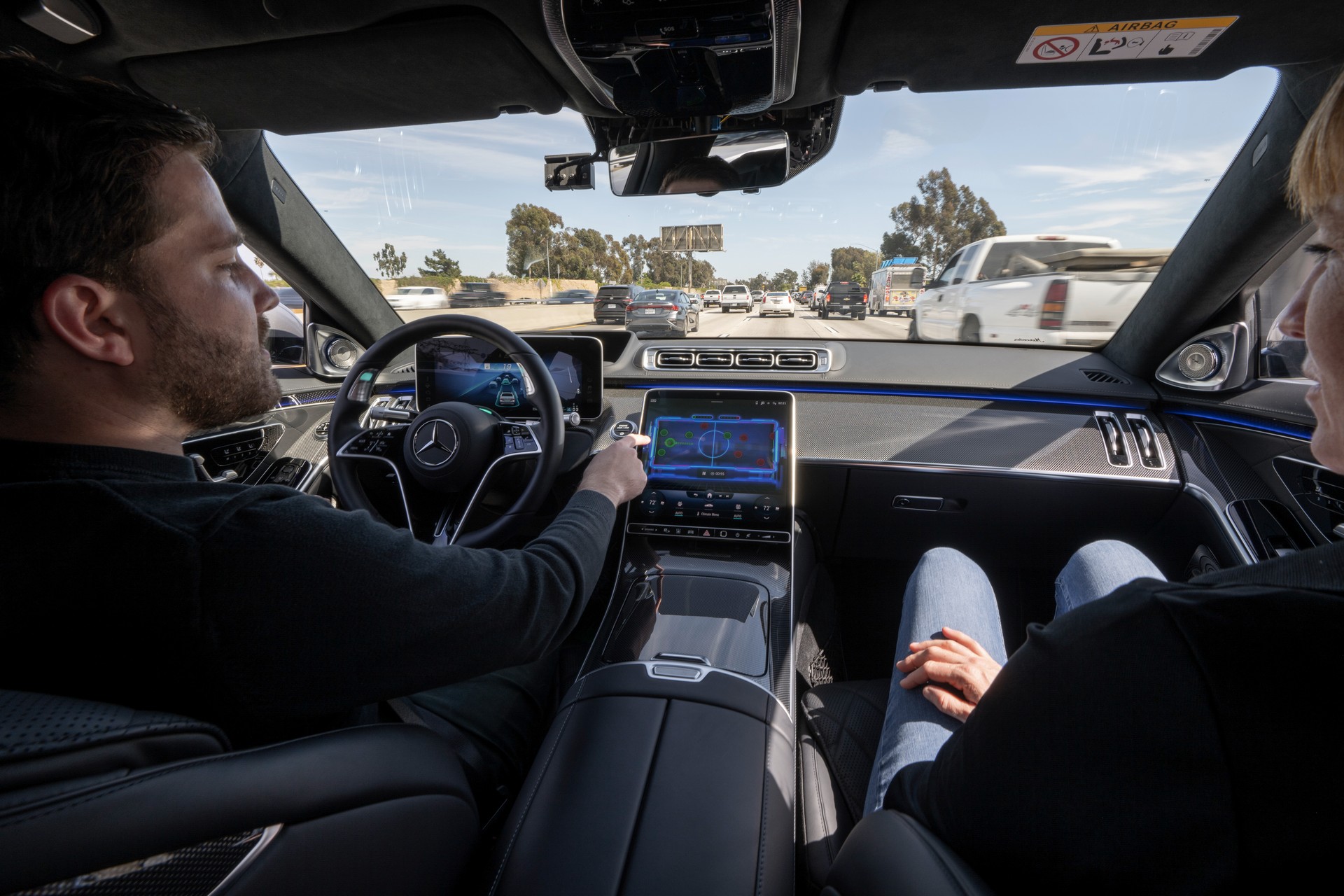The National Highway Traffic Safety Administration has launched a new educational campaign that is designed to teach drivers about semi-autonomous driving technology and its limitations.
With names like Autopilot and Full-Self Driving, it’s easy to see why some consumers might be confused and think their vehicles are more capable than they really are. Unfortunately, this is an all too common phenomenon as multiple Tesla drivers have been caught sleeping behind the wheel.
This is incredibly dangerous as Tesla notes “Autopilot, Enhanced Autopilot and Full Self-Driving Capability are intended for use with a fully attentive driver, who has their hands on the wheel and is prepared to take over at any moment.”
Also Read: Mercedes Plans To Have Level 3 Automated Driving Vehicles On U.S. Roads This Year
While Tesla is the prime example, semi-autonomous driving technology is going mainstream and can be found on an assortment of different vehicles from a variety of companies. To help consumers cut through the hype, the NHTSA has launched an automated driving hub that explains the six levels of automation as well as the benefits of semi-autonomous driving technology.
Our readers are likely familiar with the chart, but Level 0 offers “momentary driving assistance” such as alerts or emergency safety interventions. Examples include automatic emergency braking, forward collision warning, and lane departure warning.
Level 1 vehicles can handle steering or acceleration and braking. Examples include adaptive cruise control and lane keeping assist.
Most of the systems we focus on today are Level 2 and they enable vehicles to handle steering as well as acceleration and braking. While models equipped with Level 2 semi-autonomous driving technology can be quite advanced, drivers need to be actively engaged and ready to take control at a moment’s notice.
Level 3 systems are now starting to show up in consumer vehicles, outside the United States, and they offer conditional automation. As the NHTSA explains, “When engaged, the system handles all aspects of the driving task while you, as the driver, are available to take over driving if requested. If the system can no longer operate and prompts the driver, the driver must be available to resume all aspects of the driving task.”
Level 4 systems take things further as vehicles can handle all tasks related to driving and can be operated without human intervention. However, they’re limited to certain service areas.
Level 5 is the holy grail as these vehicles are fully autonomous and can operate “under all conditions and on all roadways.”
As part of the educational campaign, the NHTSA has teamed up with Jason Fenske of Engineering Explained fame. Thanks to the partnership, Fenske stars in a series of videos that highlight driver assistance systems including automatic emergency braking, automatic high beams, blind spot warning, forward collision warning, and lane keeping assist.





